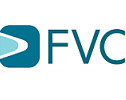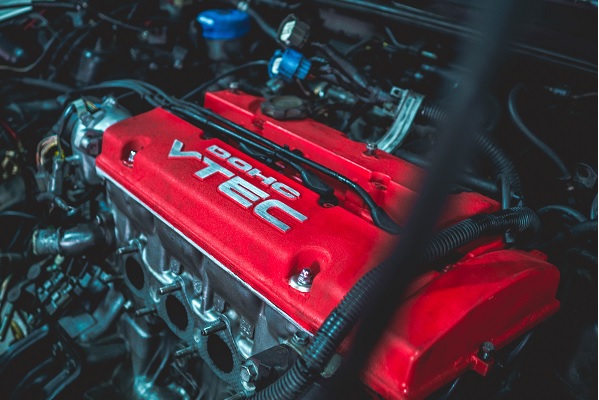Inverse autocallable barrier reverse convertibles are one example of inverse or bearish products that are designed to offer attractive returns if the underlying asset declines. These instruments are ideal for investors with a neutral-to-bearish outlook because they profit from downward market movements. The payoff is typically linked to the performance of an equity, index or basket and capital is usually at risk only if the underlying rallies above a pre-defined barrier level.
Comparative case studies
The inverse autocallable products discussed here provide valuable insights into the flexibility of various structures. The first, linked to the S&P-500 (Source: SRP - SRP ID 50114080), offered an exceptionally high 32% p.a. fixed coupon, with an autocall trigger at 100%. It redeemed earlier this year three months into its term, when the index fell slightly, delivering a net return of 8% while the S&P was down approximately 3%. This return profile notably outperformed both the equity and a traditional bullish autocallable, which would not have triggered under the same market conditions. Even a defensive bull autocall (for example one that calls if the index is above 95%) would have struggled to match the inverse structure’s performance in such market conditions.
Another example is an EuroStoxx 50 inverse autocall (Source: SRP - SRP ID 51607755) which provided a much lower yield of 6.6% p.a.. Its 135% barrier means that capital is at risk only in the event of a significant increase in the index and its 94% autocall level required the index to drop slightly before it could trigger. This configuration suits a moderate, range-bound market view, offering consistent income with relatively low volatility sensitivity. These terms are the mirror image of a regular autocall needing to reach 106% to call with a downside barrier of 65%.
Importantly, structure parameters such as barrier levels, autocall thresholds, and size of coupon vary in different market environments. The S&P-500 product was positioned for short-term market weakness and was structured to efficiently take full advantage. The EuroStoxx-50 product, by contrast, was well placed for mild downside or sideways behaviour but protected principal unless the market rose significantly.
A final point of interest is the design of multi-asset bear structures, which often rely on the “best of” underlying, which is opposite to the common “worst of” configuration in bull structures. This inversion aligns with the payoff logic of a bearish setup, the highest-performing index becomes the risk factor, whereas in bullish notes, it is the weakest that dictates the outcome. It is important to realise that for a bear product “best of” refers to the highest underlying and is not “best” for the product or investor. Arguably use of such terms in any investor-facing literature would be misleading.
Reversing the risk profile: comparing bull and bear autocalls
The contrast between traditional bull autocallables and their inverse equivalents is illustrated by an S&P 500-linked income product (Source: SRP - SRP ID 50698105). This note pays a contingent 7.85% annual coupon as long as the S&P 500 remains above 80% of its initial level on quarterly observation dates, with a final capital protection barrier also set at 80%. Crucially, the structure includes a memory feature, meaning missed coupons will be paid if conditions are met at a later date. This format allows investors to receive income and full capital even for moderate market falls of up to 20%.
This traditional “bull” autocall was issued at a similar time to the bear variant and was also of one-year duration. Although it had more risk-reducing features there is a significant difference in coupon (32% p.a. versus 7.85%). This is due to pricing conditions which mean that taking upside risk and relying on index falls for the bear product is less favourable and is compensated by a much higher yield.
In the EuroStoxx 50 inverse structure, capital is only at risk if the index exceeds 135% at maturity, with maximum capital loss reached at an index level of 200%. A ‘best of three’ strategy with an American barrier such as 120% is frequently used with multi-index inverse notes flipping the ‘worst of’ mechanism that is typical of bull structures.
These products are unlikely to be positioned as core portfolio holdings and are best used tactically. Because of their design, they work especially well for investors who want to hedge a larger long equity position or who have a short-term neutral-to-bearish outlook on the underlying asset. When markets are stable or declining, inverse autocalls can pay high coupons. However, if the underlying market rises investors may lose significant capital. What sets them apart from traditional yield products is the higher yield, which offsets this upside risk.
The correct application of any structured investment requires an understanding of the payoff mechanics and favourable market scenarios. For this reason, professional investors might use inverse autocalls as part of a tactical or thematic allocation, which targets periods of over-valued markets, or elevated volatility where directional upside appears constrained. Used with discipline, they can offer asymmetric income opportunities under defined conditions.
Inverse autocallables, including index-linked variants, are highly specialised yield-enhancement tools designed for specific market conditions. However, their effectiveness depends on precise market timing and a solid grasp of the risks. In strong bull scenarios, such products can lead to large capital losses. Therefore disciplined use and clear objectives are essential.
Tags: Structured EdgeImage courtesy of: Olen Gandy / unsplash.com












